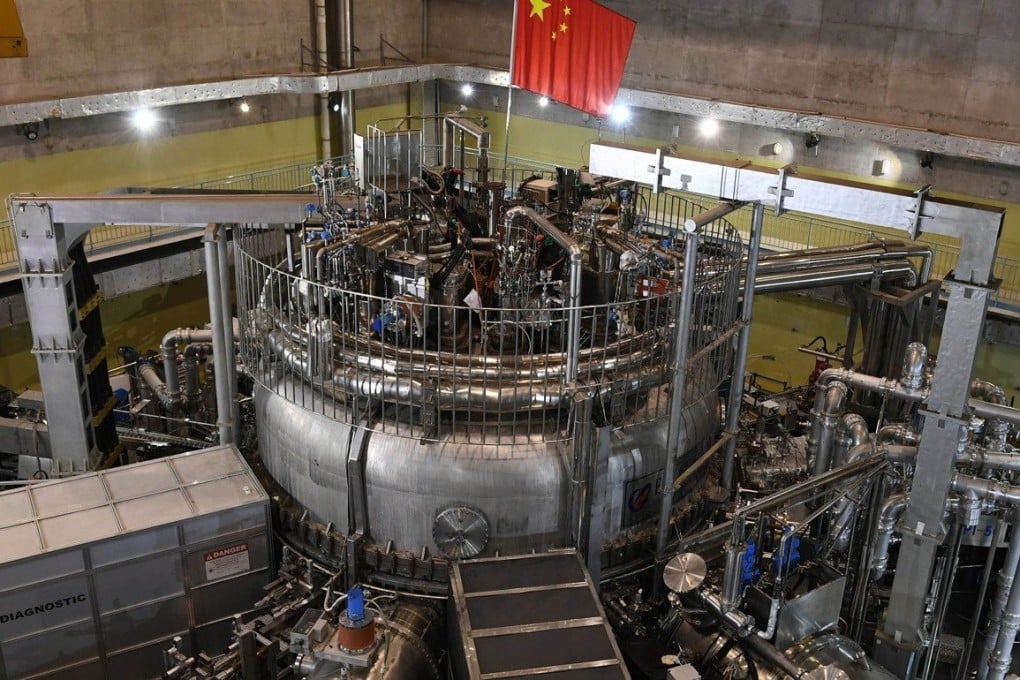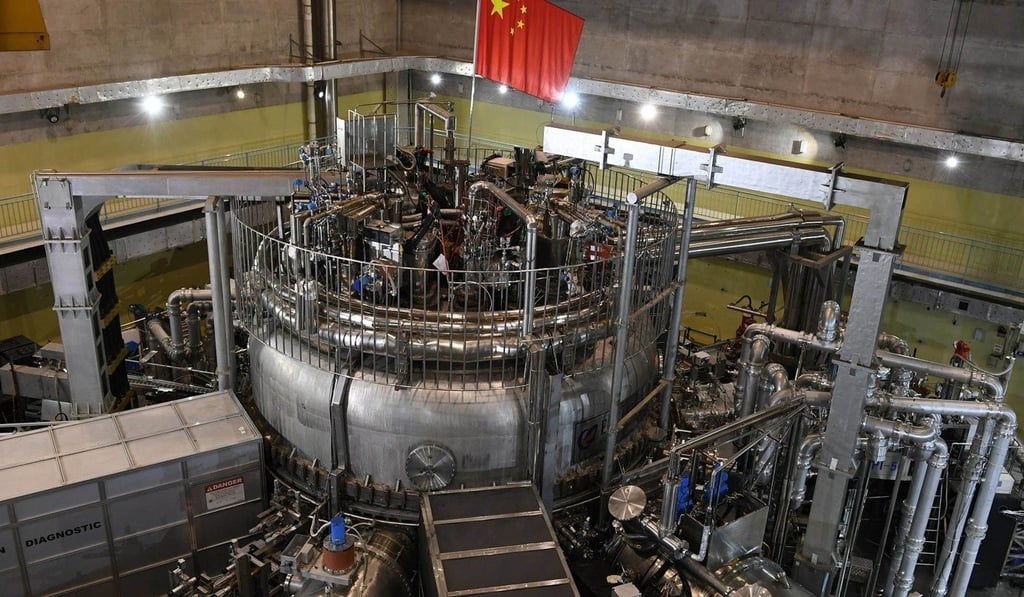China’s completed ‘artificial sun’ to start operation in 2020
China’s HL-2M nuclear fusion device burns with the power of 13 suns

Chinese scientists are working on harvesting the energy of the Sun, but it's not solar energy. The country has developed its very own “artificial sun,” a nuclear fusion research device that is supposed to pave the way for clean energy -- similar to the real Sun.
The actual name of China’s artificial sun isn’t that poetic. It's called the HL-2M, and it was built by the China National Nuclear Corporation and the Southwestern Institute of Physics. The reactor is located in Leshan, Sichuan province, where it was built to research fusion technology.

Although it's being referred to as a sun, the device can actually reach temperatures 13 times hotter than our star. The HL-2M will be able to reach 200 million degrees Celsius (360 million degrees Fahrenheit). By comparison, the Sun “only” gets as hot as 15 million degrees Celsius (27 million degrees Fahrenheit) in its core.
Why so hot? The fusion process in the Sun relies on forcing atoms to merge, which releases heat that can be transformed into energy. This is the opposite of what happens in current nuclear fission plants, which rely on splitting atoms -- typically those from Uranium.
The result is energy that is cleaner and cheaper than current nuclear options, resulting in less toxic waste, according to scientists. But there's a problem -- it's hard to achieve.